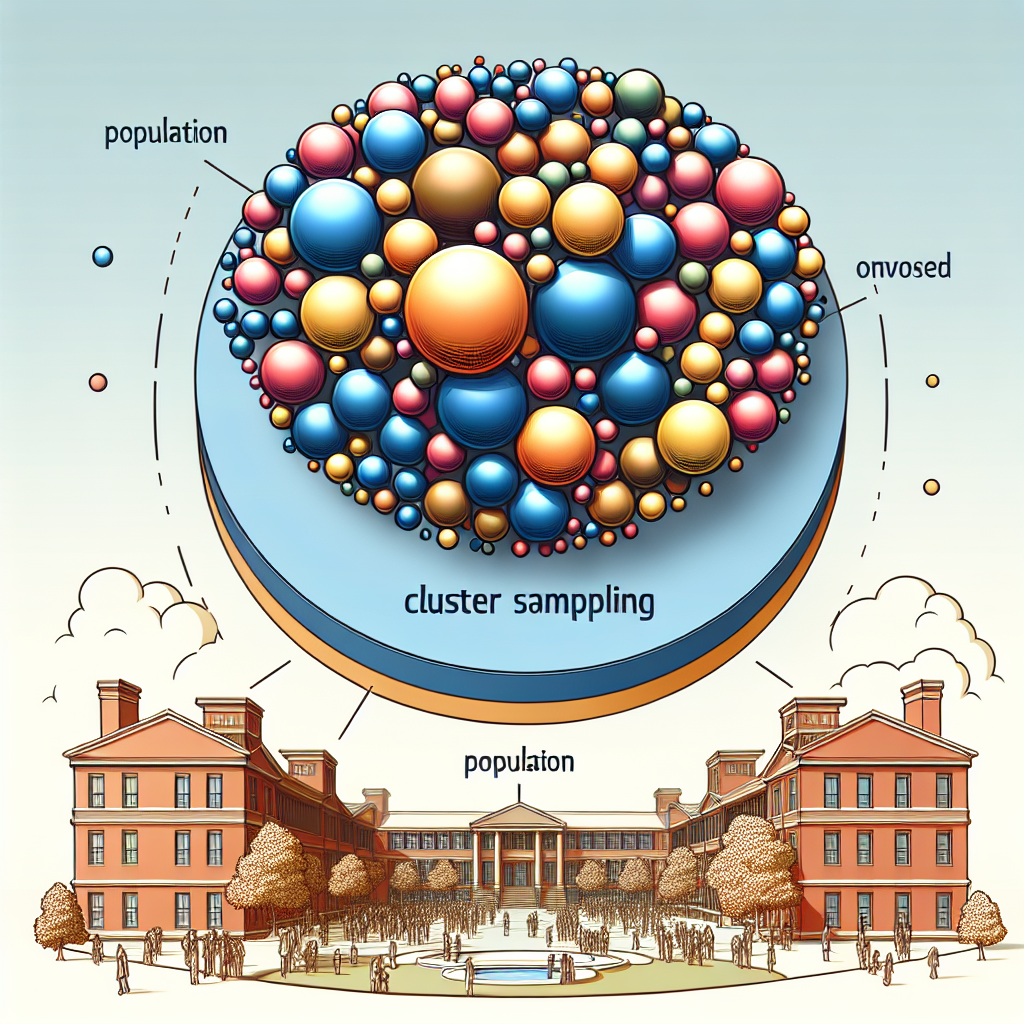Cluster sampling is a valuable tool in the field of statistical analysis, particularly in medical research. At StatisMed, we understand the importance of utilizing robust sampling techniques to ensure accurate results for our clients. In this comprehensive guide, we will delve into the fundamentals of cluster sampling, how it differs from other sampling methods, and the benefits it offers in medical research.
Table of Contents
Understanding Cluster Sampling
Cluster sampling involves dividing a population into groups or clusters, and then randomly selecting entire clusters to be included in the sample. This is in contrast to simple random sampling, where each individual unit in the population has an equal chance of being selected. In medical research, clusters may be hospitals, clinics, or geographic regions.
How Cluster Sampling Works
In cluster sampling, researchers first identify clusters within the population of interest. These clusters should be heterogeneous in nature to ensure that the sample is representative of the population. Once the clusters are defined, researchers randomly select a predetermined number of clusters to include in the sample.
Differences from Other Sampling Methods
Cluster sampling differs from other sampling methods, such as stratified sampling or systematic sampling, in several key ways. Unlike stratified sampling, which involves dividing the population into subgroups based on certain characteristics, cluster sampling focuses on grouping individuals into clusters. Similarly, systematic sampling involves selecting every nth individual from a list, while cluster sampling selects entire clusters at random.
Benefits of Cluster Sampling in Medical Research
Cluster sampling offers several advantages in medical research. One major benefit is cost-effectiveness, as it often requires fewer resources than other sampling methods. Additionally, cluster sampling can help researchers account for natural variations within clusters, leading to more accurate and reliable results.
Common Challenges in Cluster Sampling
While cluster sampling has many advantages, it also presents challenges that researchers must overcome. One common issue is the presence of intra-cluster correlation, where individuals within the same cluster may be more similar to each other than to individuals in other clusters. Researchers must account for this correlation to avoid biased results.
Conclusion
In conclusion, cluster sampling is a valuable technique in medical research that offers unique benefits and challenges. At StatisMed, we are committed to providing high-quality statistical analysis services to medical professionals. If you are interested in learning more about our services, please visit our website. Feel free to contact us or request a quote to get started on your next research project. Thank you for reading our comprehensive guide on cluster sampling!
[ad_2]




